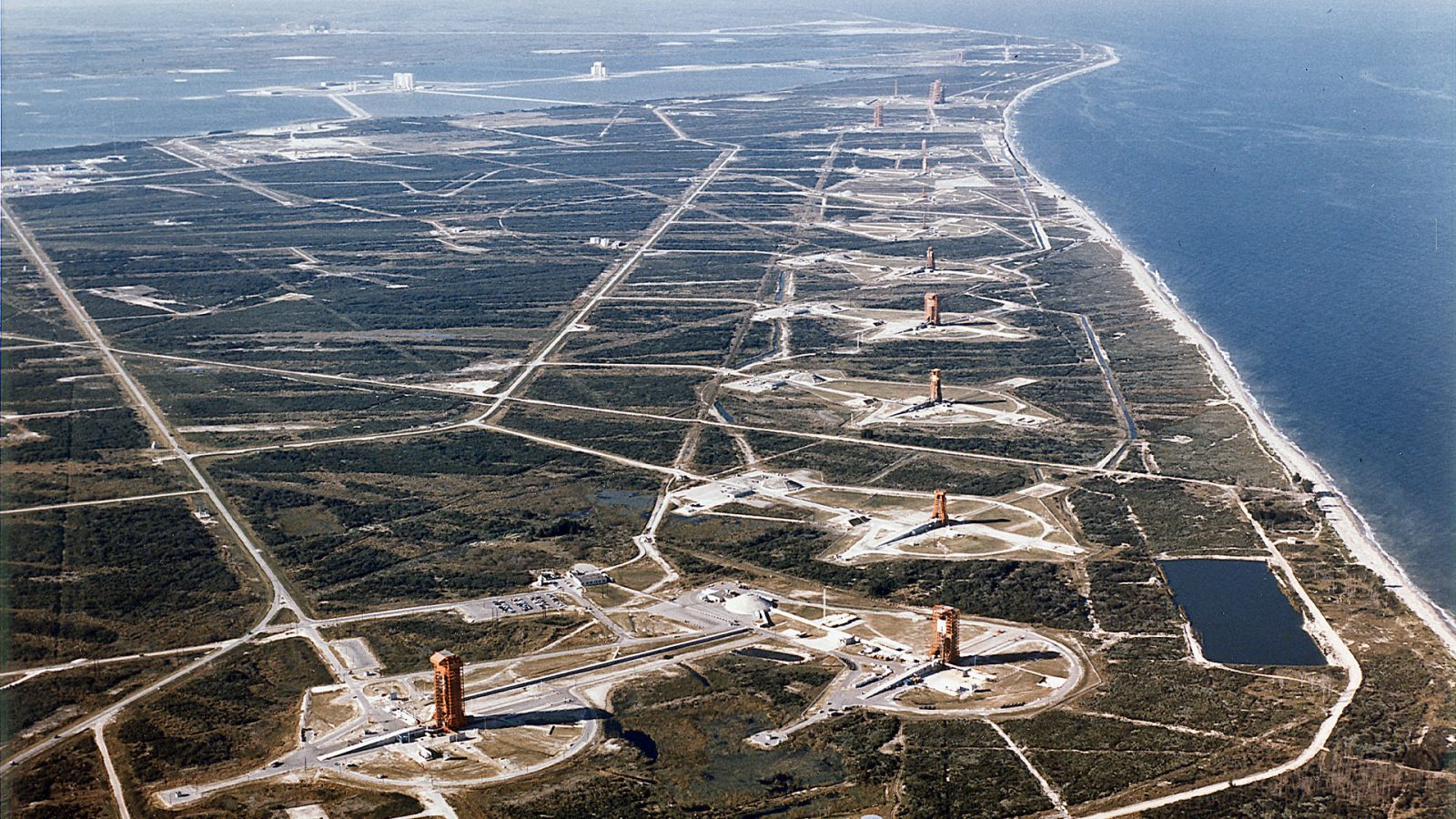
The premier spaceport in the world, Kennedy Space Center and Cape Canaveral Space Force Station has everything companies need to start launching its rockets to space. Four new companies will join those already operating there with new launch pad allocations by the Space Force.
Three launch pads find a new use
Space Launch Delta 45, the Space Force Guardians that operate the Eastern Range out of Florida, announced three launch pads will host rockets from private companies. Those launch pads all line up together on Missle Row, Space Launch Complexes 13, 14, and 15.
They will be surrounded by other users of previous government-built launch pads like Blue Origin, ULA, and SpaceX.
SLC-13 – Phantom Space and Vaya Space
Used to launch Atlas and Atlas-Agena rockets between 1958 and 1978, SLC-13 has a lot of history in the US space program. SLD 45 will be leasing the space to two companies, Phantom Space and Vaya Space, both plan on competing in the SmallSat launch space with their rocket designs.
With its Daytona rocket, Phantom Space claims it can lift up to 450 kg to low Earth orbit. Its two-stage rocket will be powered by engines made by Ursa Major rather than creating an in-house design. However, the company has been tight-lipped on progress, showing very little real-world hardware of its Daytona launcher. It is supposedly scheduled for its first launch this year.
Vaya Space, founded by former NASA Astronaut Sid Gutierrez, will join Phantom in leasing the pad. It plans to launch a two-stage rocket powered by an in-house hybrid engine, solid fuel with a gaseous or liquid oxidizer. It also plans to launch its Dauntless rocket as soon as the end of this year.
… and SpaceX?
Oh yes, I’m glad you noticed that. Currently, SLC-13 is leased to SpaceX for a few projects you might be aware of, Landing Zones 1 and 2. The company signed a five-year lease on the pad in 2015 (hold on while I do that math… that’s eight years ago) and has used the pads to land its Falcon 9 boosters. However, the Space Force didn’t mention if SpaceX would be sharing the pad, so yeah, your guess is as good as mine as what that means.
SLC-14 – Stoke Space
One of the more historic launch pads at CCSFS, SLC-14, was also used for Atlas launches, and you know you’re getting back there in space history when a tidbit for this pad was it never suffered an explosion on the pad. A difference from SLC-13 is that this pad was the only one equipped for human spaceflight and was used to launch all four Mercury-Atlas missions, including John Glenn’s mission, the first American in orbit. It was later used to launch the Agena targeting vehicle for the Gemini Program.
Stoke Space, one of the more innovative companies coming out of the SmallSat launcher boom, is the awardee of this pad. Stoke’s rocket design plans to recover not just the first stage but also the second stage with a unique second-stage engine design. The Everyday Astronaut had a chance to speak and tour their facilities, which does a great job explaining who they are.
With SLC-14 being registered as a historic place, pad modifications for Stoke’s rocket will be challenging but hopefully only add to the pad’s history.
SLC-15 – ABL Space Systems
Finally, we get to our non-Atlas pad. SLC-15 was used to launch the Titan 1 and Titan 2 rockets between 1959 and 1964 and has since been left unused. Most of the complex has been demolished, so it will be a pretty clean slate for ABL to work on.
ABL also plans to capture a slice of the SmallSat market with its RS1 rocket. The only company on this list to have already conducted a launch, ABL’s first rocket flew out of Alaska in January but failed shortly after liftoff. Like Astra’s rockets, RS1 is designed to launch anywhere with only a concrete pad. No word yet on the cause of the failure or when ABL might attempt another launch.
The busiest spaceport is going to get busier
So let’s list off all the companies that will be launching now from Florida’s Space Coast:
- NASA (Space Launch System)
- SpaceX
- ULA
- Blue Origin
- Relativity
- Astra
- Phantom Space
- Vaya Space
- Stoke Space
- ABL Space System
That’s a lot of rockets for one range to handle. Luckily, many of these companies will not be launching very often or for quite some time. However, SpaceX will be filling many of those launch days to reach 100 launches this year alone; we can only guess how many in the future when Starship joins the team.
This has led some companies like Rocket Lab to look elsewhere, like Virginia. The company recently launched its first US Electron in January and is planning to launch its second this weekend. However, with the growth of Florida and limited space in Virginia, the future congestion of East Coast launches may be a problem for companies looking to increase their launch cadence.
FTC: We use income earning auto affiliate links. More.




Comments